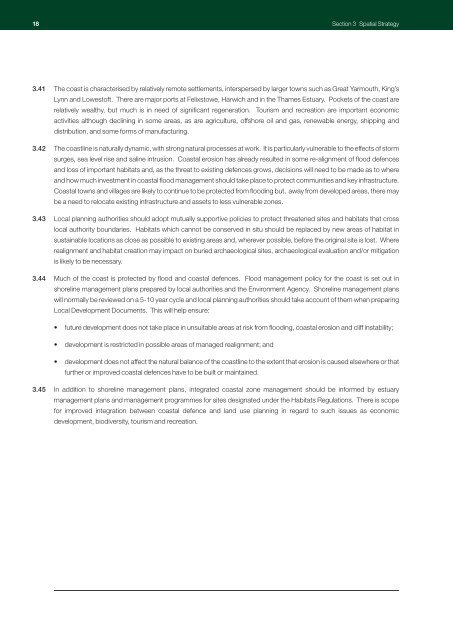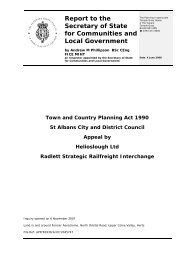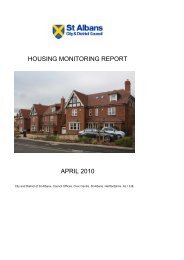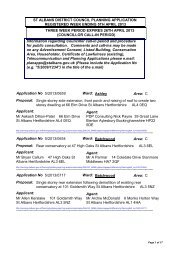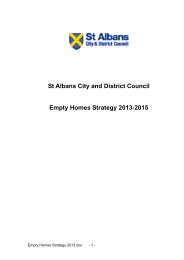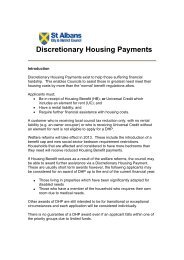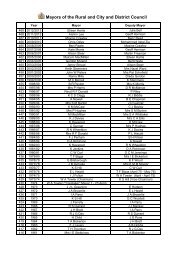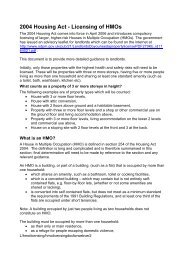RSS East Of England Plan - Broads Authority
RSS East Of England Plan - Broads Authority
RSS East Of England Plan - Broads Authority
Create successful ePaper yourself
Turn your PDF publications into a flip-book with our unique Google optimized e-Paper software.
18<br />
Section 3 Spatial Strategy<br />
3.41 The coast is characterised by relatively remote settlements, interspersed by larger towns such as Great Yarmouth, King’s<br />
Lynn and Lowestoft. There are major ports at Felixstowe, Harwich and in the Thames Estuary. Pockets of the coast are<br />
relatively wealthy, but much is in need of significant regeneration. Tourism and recreation are important economic<br />
activities although declining in some areas, as are agriculture, offshore oil and gas, renewable energy, shipping and<br />
distribution, and some forms of manufacturing.<br />
3.42 The coastline is naturally dynamic, with strong natural processes at work. It is particularly vulnerable to the effects of storm<br />
surges, sea level rise and saline intrusion. Coastal erosion has already resulted in some re-alignment of flood defences<br />
and loss of important habitats and, as the threat to existing defences grows, decisions will need to be made as to where<br />
and how much investment in coastal flood management should take place to protect communities and key infrastructure.<br />
Coastal towns and villages are likely to continue to be protected from flooding but, away from developed areas, there may<br />
be a need to relocate existing infrastructure and assets to less vulnerable zones.<br />
3.43 Local planning authorities should adopt mutually supportive policies to protect threatened sites and habitats that cross<br />
local authority boundaries. Habitats which cannot be conserved in situ should be replaced by new areas of habitat in<br />
sustainable locations as close as possible to existing areas and, wherever possible, before the original site is lost. Where<br />
realignment and habitat creation may impact on buried archaeological sites, archaeological evaluation and/or mitigation<br />
is likely to be necessary.<br />
3.44 Much of the coast is protected by flood and coastal defences. Flood management policy for the coast is set out in<br />
shoreline management plans prepared by local authorities and the Environment Agency. Shoreline management plans<br />
will normally be reviewed on a 5-10 year cycle and local planning authorities should take account of them when preparing<br />
Local Development Documents. This will help ensure:<br />
• future development does not take place in unsuitable areas at risk from flooding, coastal erosion and cliff instability;<br />
• development is restricted in possible areas of managed realignment; and<br />
• development does not affect the natural balance of the coastline to the extent that erosion is caused elsewhere or that<br />
further or improved coastal defences have to be built or maintained.<br />
3.45 In addition to shoreline management plans, integrated coastal zone management should be informed by estuary<br />
management plans and management programmes for sites designated under the Habitats Regulations. There is scope<br />
for improved integration between coastal defence and land use planning in regard to such issues as economic<br />
development, biodiversity, tourism and recreation.


